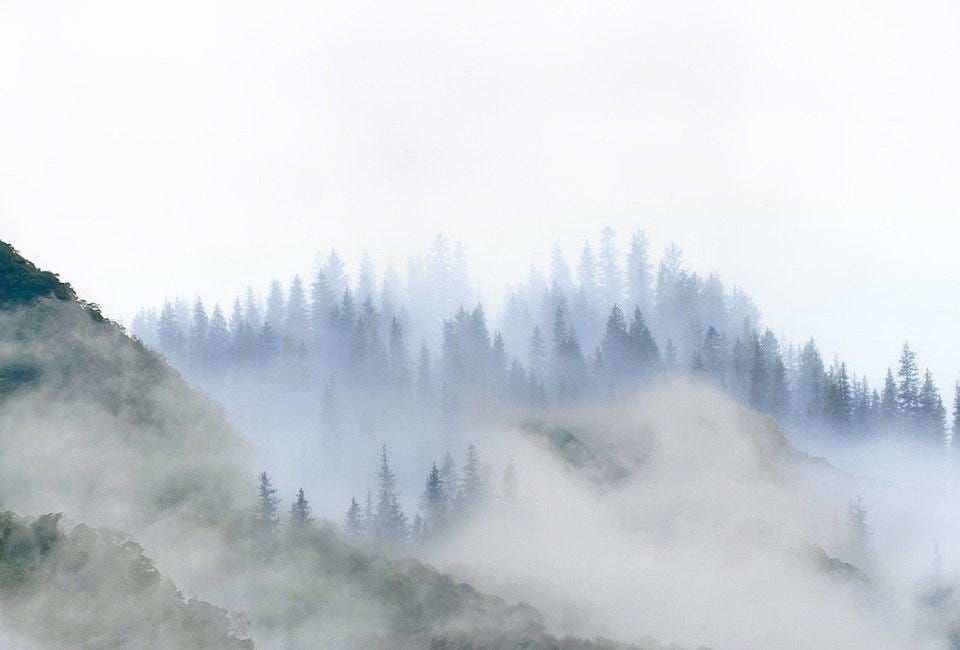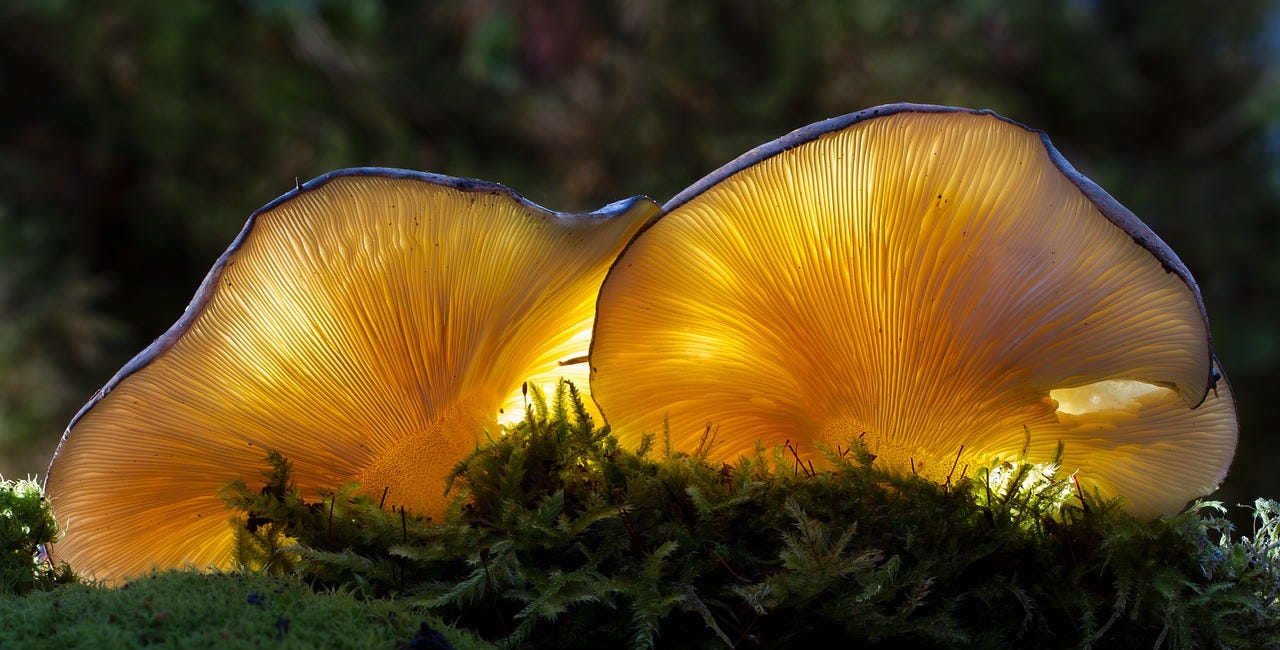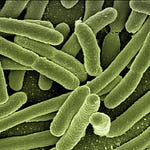Part 2: These are Fun Guys: Fungi and Fungus-Like Protists
‘One side will make you grow taller, and the other side will make you grow shorter.’ ‘One side of what? The other side of what?’ thought Alice to herself . ‘Of the mushroom,’ said the Caterpillar, just as if she had asked it aloud.
-Alice’s Adventures in Wonderland by Lewis Carroll
As we have been visiting the Kingdoms of the Protists and Fungi, you might not have noticed since we have been looking at bigger creatures, but these guys are not prokaryotes like the archaea and bacteria (creatures without a nucleus in their cells). Instead, they are eukaryotes (they have a nucleus in their cells which holds the DNA). Scientists even use these cell differences to split all creatures into three domains: Bacteria, Archaea, and Eukaryotes (including protists, fungi, plants, and animals).
You might be saying to yourself, but why do bacteria and archaea get their own groups while we’re lumped in with athlete’s foot? Well, among eukaryotes you can find some surprising similarities. Animals have melanin in their skin which gives it color, while some fungi use melanin to produce food in radioactive environments. Insects and mushrooms both use chitin (a special kind of carbohydrate) to give themselves strength and structure. Protists share so much in common with other eukaryotes that they are actually described as being either animal-like, plant-like, or fungus-like. The fungus-like ones, such as slime molds, primarily vary from true fungus because of their lack of chitin. Fungus-like protists’ cells are more similar to plants, but they are generally decomposers like fungi, making them both heterotrophs. We’ll come back to visit the animal-like and plant-like protists after we have met their respective counterparts.
We talked about the many different types of mushrooms, but what exactly is a mushroom? A mushroom is actually the fruit of the fungus, like an apple on a tree, so picking a mushroom hurts the fungus no more than picking that apple hurts the tree. The main part of the fungus is actually under the ground, in the log, on the tree, or anywhere else the mushroom happened to be growing. If you go out in the forest and turn over a log, you might see a bunch of white tendrils all criss-crossing each other. That is the main part of the fungus known as the mycellium (my-see-lee-um). Mycellia (plural of mycellium) do amazing things in the environment, including helping trees talk to each other and helping crops get nitrogen, as we will discuss more later.
The largest creature in the world is one fungus that lives in Oregon, with its mycellium covering over 2000 acres (that’s an area as big as 1500 American football fields) and likely weighing at least 10,000 tons (or as much as about 65 blue whales). Pretty much all you will ever see of it, though, are its mushrooms that appear like magic here and there throughout the forest. Scientists think that this mushroom is not only enormous but also ancient – maybe even alive when the pyramids were being built in Egypt.
What makes mushrooms grow? When the conditions are right (such as after it rains or after a forest fire), the mycellium will produce a mushroom. A typical mushroom has a tall stalk with a cap on top of it. The caps can be many different shapes, from the typical flat or conical shapes to a v-shape with a deep cleft in the middle. Under the cap, the mushroom might have gills (thin sheets like teeth on a comb), pores (little holes), ridges or teeth that hold the spores (kind of like seeds) of the fungus. As the mushroom ages, it spreads the spores so that more of the fungus can grow. Fungi can also grow by spreading out their mycellia.
1We’ll come back to the comparisons between the plant-like and animal-like protists and other creatures in later chapters.
Ready for More?
Chapter 5: The Kingdom of Plants
Welcome to the first installment in the Kingdoms of Creation home education science program. We’re glad you’re here. Each chapter is split into two parts: Part 1 is for younger students (usually K-4); Parts 1 and 2 together are for older students (usually 5-8). The Kingdoms of Creation is a comprehensive biology program. See the full table of contents
Need Something Else?
Visit the Welcome Page
Welcome to the Kingdoms of Creation
A long time ago in land not so far away, the Creator made a world. This world was big and beautiful, wild and wonderful, fantastic and frightening. It was full of amazing creatures like the ping-pong tree sponge (an immobile creature that looks just like its name sounds but eats shrimp in the deep dark of the sea) and the dragon mantis (a large brown …
Or Check Out the Original Post
Chapter 4: The Kingdoms of the Protists and Fungi
Welcome to the first installment in the Kingdoms of Creation home education science program. We’re glad you’re here. Each chapter is split into two parts: Part 1 is for younger students (usually K-4); Parts 1 and 2 together are for older students (usually 5-8). The Kingdoms of Creation is a comprehensive biology program. See the full table of contents
















Share this post